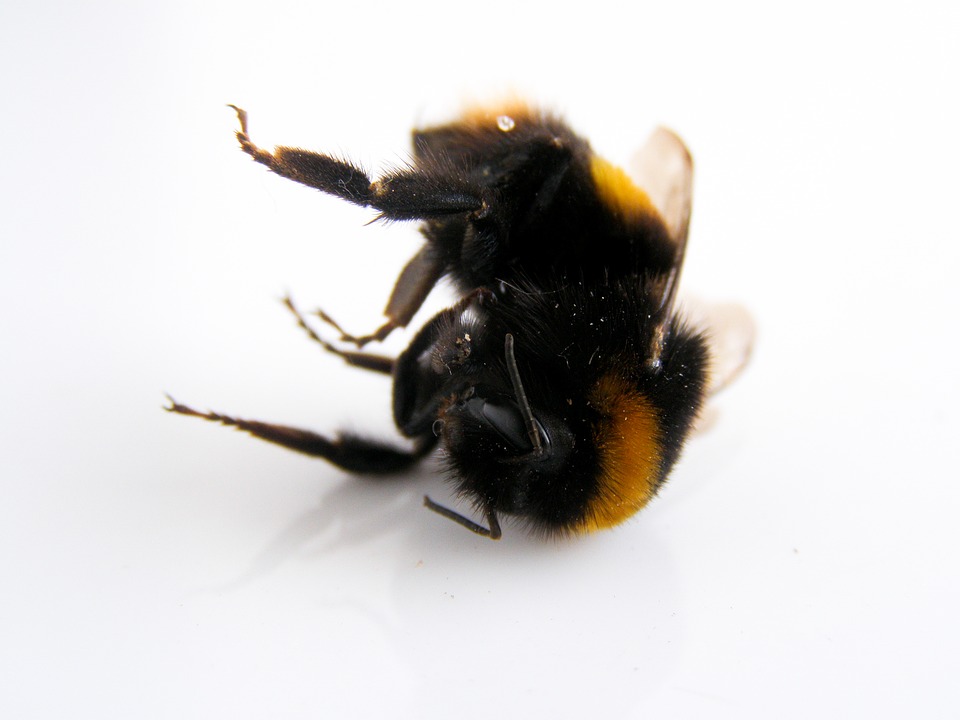15
Aug
Chemical-Intensive Agriculture Is Increasingly Toxic to Insects

(Beyond Pesticides, August 15, 2019) An article in the journal Plos One, “An assessment of acute insecticide toxicity loading (AITL) of chemical pesticides used on agricultural land in the United States,” shows that recent shifts in insecticide use—from organophosphates and carbamates to synthetic pyrethroids and neonicotinoids—have made a large contribution to the ongoing insect apocalypse. This shift to insecticides that target insects based on both selective toxicity and delivery method occurs within a context of shrinking habitat and biodiversity.
The study, by Michael DiBartolomeis, PhD, Susan Kegley, PhD, Pierre Mineau, PhD, Rosemarie Radford, and Kendra Klein, PhD, presents a measure of acute insecticide toxicity loading that incorporates acute toxicity, quantity used, and the rate at which the insecticide degrades. Goulson et al. applied a similar measure in Great Britain that did not incorporate the rate of degradation. Both studies use the median lethal dose (LD50) to honey bees as a measure of acute toxicity and calculate the potential number of bee deaths based on the number of lethal doses of various insecticides applied in the field. In both cases, researchers used toxicity estimates for honey bees because they are widely available. Other insects may be more or less sensitive.
The two studies show that acutely toxic doses of insecticides used in agriculture in Great Britain and the U.S. increased by a factor of 3.9 to 48 over the study period (1992-2013 for DiBartolomeis et al.; 1990-2015 for Goulson et al.), depending on whether oral or contact toxicity was measured and whether degradates were included. Both studies show that this increase is due to the expansion of the use of neonicotinoid and synthetic pyrethroid insecticides.
The shift away from organophosphates and carbamates resulted from a focus on acute toxicity to human workers. As a result, newer insecticides concentrate their killing power with greater precision on insects—pollinators, predators, and parasites, as well as pests. The insecticides are not only selectively more toxic to insects, but in the case of the systemic insecticides, they are delivered directly to the insect through plant tissues, nectar, and pollen.
Unfortunately, acute toxicity is only part of the problem. The same insecticides have chronic effects that have been well documented: harm to reproduction, mobility, and navigation, as well as impairments to feeding, foraging, memory, and learning. Multiple pesticides are found within bee-collected pollen, and the effects of the combinations are often greater than the individual exposure.
In addition, this pesticide exposure is occurring within an agricultural system that systematically eliminates habitat and biodiversity. The common use of glyphosate-based herbicides in crops engineered to be tolerant to them, as well as drift and runoff of potent insecticides, results in fields and field margins that lack the habitat for insects—and the birds and others who eat them.
Insect populations and biodiversity in general suffer from climate change. The response to the problems in industrial agriculture have taken into account the possibility for food production to result in these wide-ranging adverse impacts. In each area, organic agriculture provides an answer to the industrial model. When organic principles are put into practice, soil sequesters carbon, land use fosters insect biodiversity, and pesticides are rarely employed. Studies show that organic farms sequester 13% more CO2 than chemical-intensive farms. A white paper published by the Rodale Institute in 2014, Regenerative Organic Agriculture and Climate Change: A Down-to-Earth Solution to Global Warming, argues that it is possible to sequester more than 100% of current annual CO2 emissions by switching to widely available and inexpensive organic management practices, which are referred to in the paper as “regenerative organic agriculture.”
All unattributed positions and opinions in this piece are those of Beyond Pesticides.
Source: PLOS ONE










